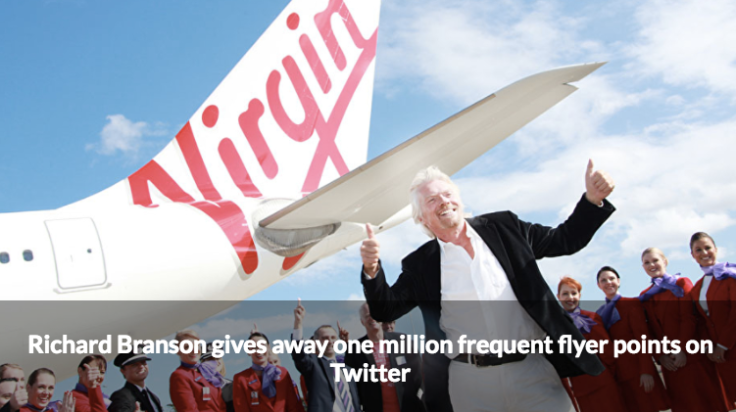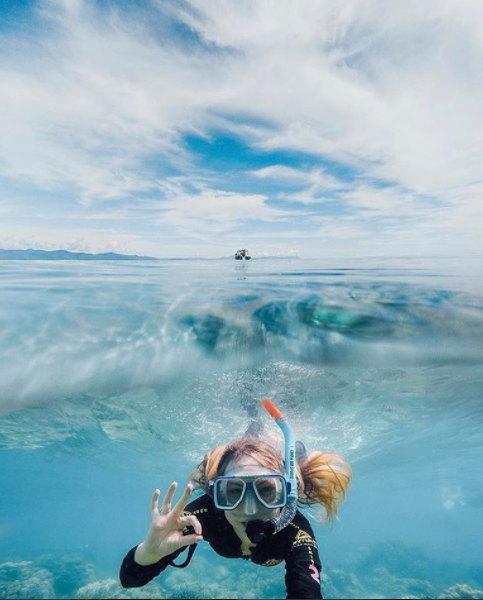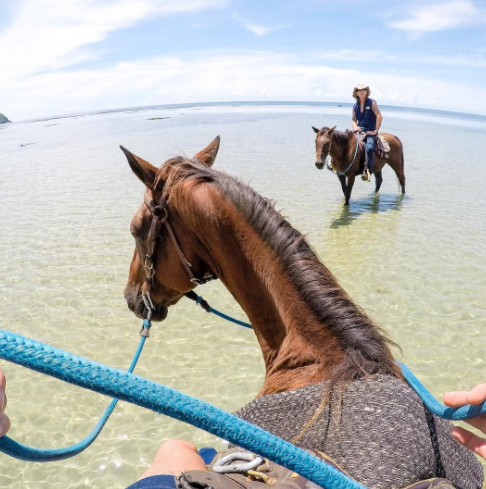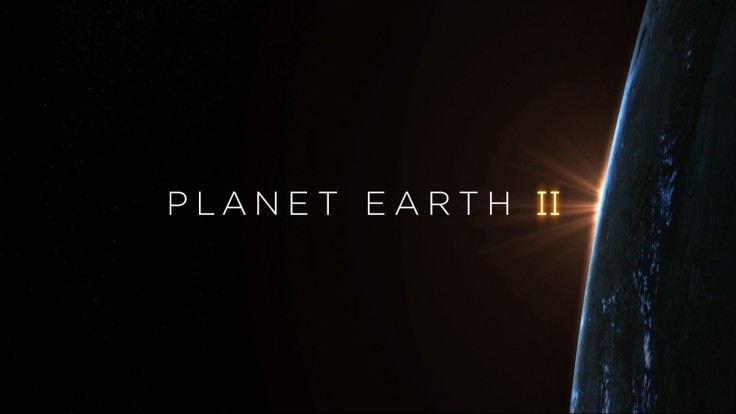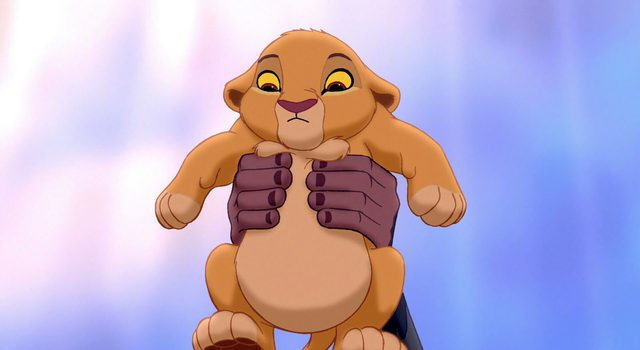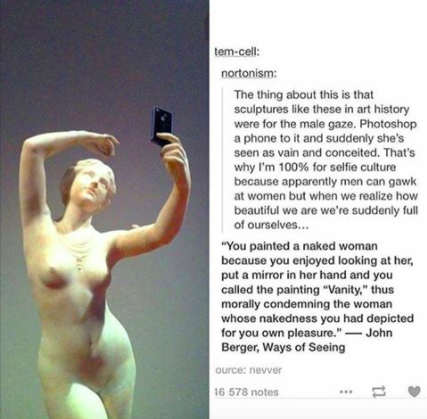Suffering is not something that we like to think about and when I initially came across the term ‘poverty porn’ I found myself feeling even more uncomfortable.
In Steven Threadgold’s article, Struggle Street is poverty porn with an extra dose of classism, he defines poverty porn as “both Westerners’ portrayal of global inequality, disease and hunger and also to the distorted presentation of disadvantage by the advantaged”. Upon reading this definition I felt knots in my stomach as I was hit with the realisation that I did not know how to engage with suffering in any other way.
Up until this point, I did not see an issue. If anything, I thought Western engagement with issues of poverty and suffering was a good thing as we were not shutting our eyes to the hardships of the outside world. Until this point, I thought that the ad campaigns on TV that had you donating to stop that sick feeling in your stomach were good because it reached our ‘humanity’ and ‘better selves’.
However, let us look closer at the concept of charity fundraising and the notions of mediated suffering. Below is a campaign that was chosen by the Norwegian Students’ and Academics’ and International Assistance Fund (SAIH) who present the Golden Gladiator and Rusty Radiator awards to the charities who have given the best and worst aid videos in the hope to move charities away from harmful and stereotypical narratives in their campaigns.

This World Vision campaign is an example of the popular poverty porn tactics used by not-for-profts create feelings of empathy in order to encourage/guilt viewers into donating. As the SAIH point out, this is exactly what World Vision is trying to achieve however the narrative that is being told due to their monetary outcome is that a donation by the west will solve the problems of the people represented.
By extension, this is a perfect example of the destructive effects of the seemingly effective strategy of poverty porn. By suggesting that a donation is a sufficient response to the problem, people feel that they have done enough and they effectively move on. Whilst they may have had feelings of overwhelming sadness and guilt only a moment ago, because they have done their part, they are able to move on and yet the real life issues behind the poverty in question rage on.
Another example of the adverse effects of poverty porn as a tool for fundraising is through the outreach campaign from Australian charity, Sunrise Cambodia.
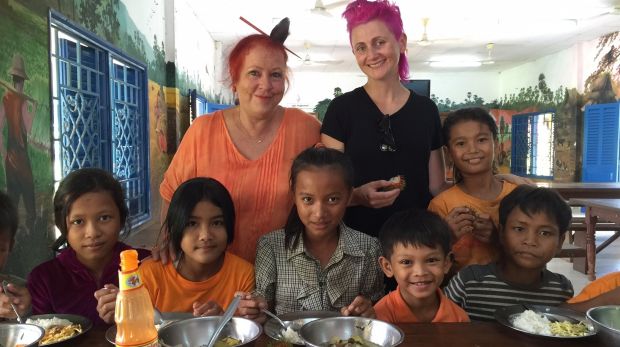
The campaign was titled ‘Teach a sex worker to sew’ and followed a young girl called Pisey who we were told was sex worker. The campaign raised more than $200 000 in Australia however it came under fire from members of the Cambodian community.
However, as highlighted in his article ‘Poverty porn’ and ‘pity charity’ the dark underbelly of Cambodia orphanage, Lindsay Murdoch explains that in actuality, Pisey, which was not even her real name, was a “paid poster girl” for Sunrise Cambodia’s latest fund raising campaign.
The outrage from the community however, aside from the fact that it was a lie, was stemming from concern regarding the reputation of children. NGOs and individuals contacted the charities board of directors to say that the images of the children in this campaign were “degrading, exploitative, sensationalised and do not represent the children in a dignified manner.
Not only does this campaign hurt the reputation of Pisey as an alleged child sex worker but it takes away the dignity of her and her community as well as detracting from the very real reasons that they are in a state of poverty and what needs to be done to help.
This mediated suffering is nothing but harmful to the individuals of concern and so it seems that the question must be asked, with all of this mediated suffering, who are we really trying to empower?
Resources
A sponsored child’s dreams, June 2016, video, World Vision Aus, viewed 31 March 2017 <https://www.youtube.com/watch?v=o7E-Ym5LEJA#action>
Murdoch L, 2016, ”Poverty Porn’ and ‘pity charity’ the dark underbelly Cambodia orphanage’, The Sydney Morning Herald, 5 June, date accessed 31 March <http://www.smh.com.au/world/poverty-porn-and-pity-charity-the-dark-underbelly-of-a-cambodia-orphanage-20160602-gpacf4.html>
Randhawa S, 2016, ‘Poverty porn vs empowerment: The best and worst aid videos of 2016’, The Guardian, 9 December, accessed 31 March <https://www.theguardian.com/global-development-professionals-network/2016/dec/08/radiator-award-poverty-porn-vs-empowerment-the-best-and-worst-aid-videos-of-2016>
Threadgold S, 2015, ‘Struggle Street is poverty porn with an extra dose of classism, The Conversation, 6 May, accessed March 31 from Moodle







